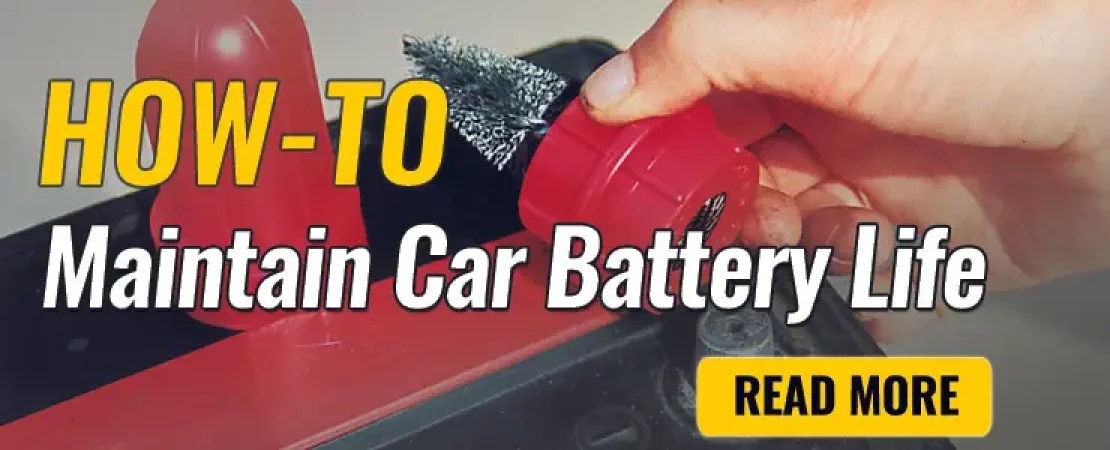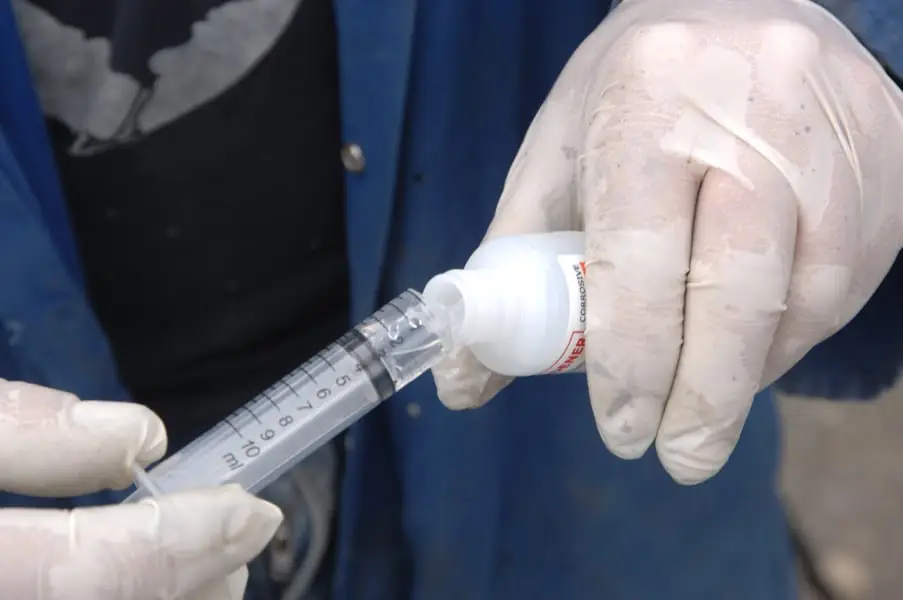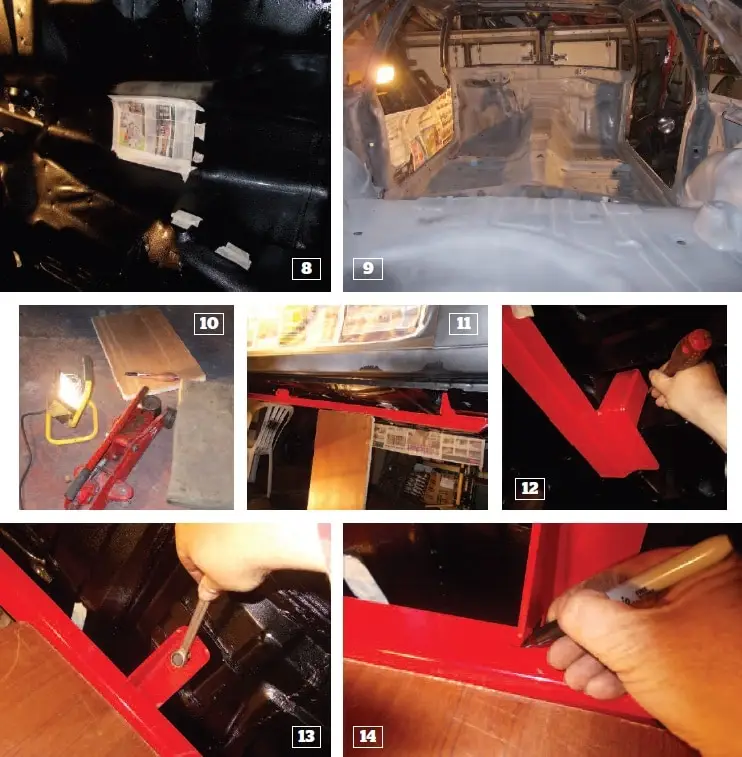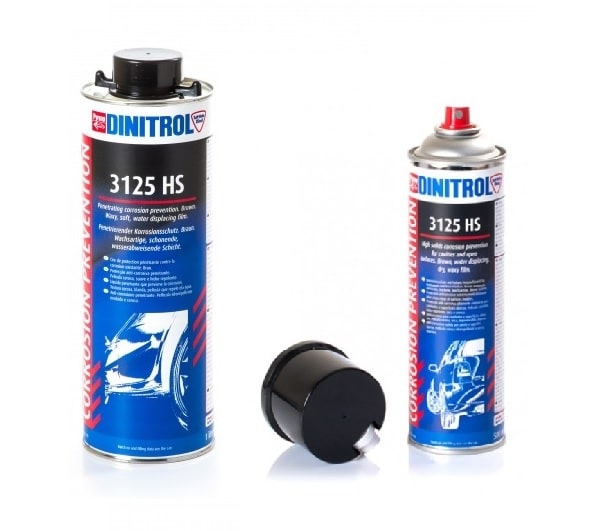A wet car battery is ‘alive’. Whether it is in service or in storage it has a finite life span. If stored in a wet (filled) condition all batteries will slowly self-discharge. The higher the ambient (storage) temperature the greater the rate of self-discharge.
A battery should not be allowed to discharge to the point where they are either damaged (sulphated) or so that they are incapable of starting the car or operating equipment, regular voltage checks should be made (monthly). This can be done with a Digital Multimeter.
A battery on an irregularly used car or removed from a car should be connected to a Battery Saver. To ensure plates do not get sulphated a Pulsed Battery Master can prolong battery life. It sends a pulsed charge, which cleans the plates and then gives the battery a rest period.
What Can Affect The Charge of The Battery ?
It is important to remember that under normal operating conditions, a car battery cannot become discharged on its own.
The reason for this discharge is normally attributable to
– Malfunctioning alternator, regulator, or starter motor
– Slipping fan belt
– Electrical fault
– Excessive use of electrical consumers – car phones, air conditioning etc
– Long standing time without recharge
– Boot light / glove box malfunction
– Vehicle lights being left on
Condition can be checked with the Battery and Regulator Tester.
What Is a Car Battery ?
The car battery is a storage device, which stores energy. This supplies a current at a particular voltage (DC) to the conductive parts of the circuit. The standard car batteries in today’s vehicles are rated at 12 volts. Each battery has six cells which are 2.1 volts each. A car battery is considered fully charged at 12.6 volts. When a battery drops voltage, even by a small amount, it makes a big difference.
For instance, when a battery drops from 12.6 to 12.0 volts, its power drops from 100% to 25%! At 12.4 volts, a car battery is only 75% charged. At 12.2 volts, it’s 50% charged. A car battery is considered charged at 12.4 volts or higher. It is considered discharged when it’s at 12.39 volts or less. The current is heavily dependent on the type of battery and the resistance of the ‘load’ – Check this by using Power Tester. A discharged battery should be charged up as soon as possible with a Battery Charger.
How Does It Work ?
The electricity is produced by a chemical reaction. Inside the battery there are positive and negative lead plates (cells) that sit in a liquid called electrolyte solution. Electrolyte solution is a mixture of water and sulphuric acid. (This is why a Battery Mat should be used to prevent any acid rotting the battery tray).
When the electrolyte interacts with the lead plates, there’s a chemical reaction.
The electrons in the atoms jump from one atom to another. In fact they fall off one plate and get attracted to the next one. During this electron flow, electrons move from negative to positive in a circuit. The quantity of electrons can be thought as current (amps) and the pressure as voltage. The voltage pushes the current out of the battery’s negative terminal through the ‘load’, which is the equipment drawing the power. The current returns through the positive terminal. battery terminal brushUse a Battery Terminal Brush to keep them free from corrosion. The strength of the electrolyte varies with the state of charge; this can be seen with the Battery Hydrometer.
Starting Up
As the temperature drops, the cranking power required by the car increases. However, as more cranking power is used, the amount of battery power available decreases. Cold Cranking Amps (CCA) is critical for good cranking ability. It refers to the number of amps a battery can support for 30 seconds at 0°F until the battery voltage drops to unusable levels. For example, a 12 volt battery with 600 CCAs means the battery will provide 600 amps for 30 seconds at 0°F before the voltage falls. The higher the CCA, the more powerful the cranking ability.
If you live in a cold climate, you should consider the CCA rating when choosing a battery. If you live in a very hot climate, you don’t need as much CCA. An indication of starting ability is given by testing with the Power Tester.
Jump Starting
Usually when a car is jump started from a Battery Booster or Jump Start or another car with Jump Leads, it is driven long enough to fully recharge the battery. The length of time to fully recharge the battery depends on the amount of discharge, the amount of surplus current that is diverted to the battery, how long the engine is run, engine speed, and ambient temperature
Ageing
As a battery gets older a deposit of sulphates starts to cover the plates and reduce its efficiency. The Battery Pulse Master mentioned above and the Battery Activator both use latest pulse technology to generate “shock waves” to break down the sulphate build up.



